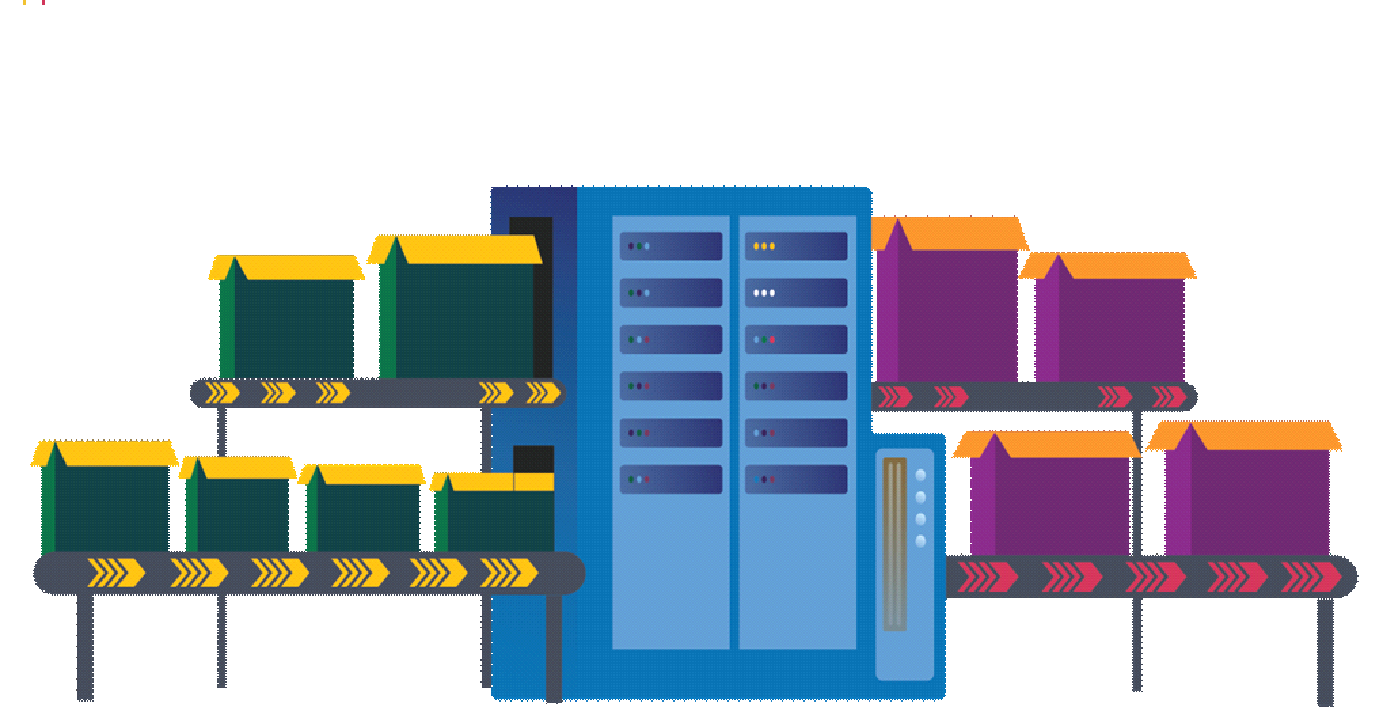The workforce management ecosystem, including its culture, processes, and solutions, must change to effectively support and meet the expectations of today's employees, especially millennials and Gen Z workers. The fundamental issue is that contact center WFM was created to optimize agent productivity and reduce costs; everything else was secondary or was considered an add-on to WFM's core purpose.
The initial goal of contact center WFM was to create work schedules that identified the best fit between incoming calls and available agents. When the forecasting and scheduling engines of most WFM solutions were built, little thought was given to other issues, like unexpected intraday changes in volume, agent shrinkage, multiple sites, a variety of agent skills, digital and asynchronous channels, agent preferences, self-service, mobile capabilities, etc.
As contact centers evolved, starting with the need to support multiple sites and innovations that entered the market impacted agent skills and much more, the underlying WFM optimization engines had to be adapted. There have been so many contact center business requirement changes during the past 45 years that it's been difficult for WFM vendors to keep up. And with each update, the optimization engine's original integrity and purpose was further challenged (and possibly degraded), to the point that it's hard to determine whether it's achieving its objectives.
WFM vendors have done their best to be responsive to market needs, but it's time for this IT sector to undergo a major overhaul, including a full rewrite of these solutions.
While WFM's primary purpose remains the same—forecasting incoming and/or outgoing interaction volume to create agent schedules that enable contact centers to cost-effectively respond within service levels—today's realities are different and need to be considered throughout the process. No matter how good the forecasting engine, it cannot accurately predict natural or man-made disasters or weather events that will impact agent availability. Therefore, WFM solutions require AI-enabled intraday management capabilities that can continuously adapt to shifting conditions and parameters in real time. This means these solutions must automatically modify schedules to reallocate and reassign agents throughout each day and use self-service to notify impacted employees via their mobile devices.
Real-Time Adaptive Intraday Management
Contact centers often need to change staffing levels on an intraday basis, but it can be difficult (if not impossible) for agents to modify their schedules to meet the company's requirements without advance notice. More effective ways of managing the understaffing/overstaffing situations that occur daily are necessary. As work/life balance is a top priority for many employees, companies require a WFM solution that can provide this while still ensuring service levels are met.
In the next-gen WFM world, the real-time adaptive intraday management module kicks in at the beginning of each day and assumes control of all forecasting and scheduling activities. The system still creates upcoming forecasts and schedules, but once the day starts, the real-time adaptive intraday management module takes over. As the day progresses, all agent schedule and interaction volume changes, including any same-day schedule modifications processed via agent self-service, are received and handled by this module, which constantly searches for ways to improve contact center performance. It uses AI in the form of predictive analytics to reevaluate and project the rest of the day and adapt the schedule as necessary. This means the module is reforecasting and rescheduling on an ongoing basis to identify meaningful and realistic modifications. As changes are determined, the system automatically locates the agents best positioned to address these requirements, balancing the needs of both the business and agents. This enables the contact center to make updates that improve customer and employee experiences.

Source: DMG Consulting, March 2024
Self-Service Always at Your Fingertips
Contact centers have always had an agent attrition problem, as evidenced by historically high employee turnover rates ranging from 35 percent to more than 100 percent (typically in business process outsourcers). This problem can be addressed if companies are open to improving agent treatment and working conditions. Due to evolving employee demographics, it is expected to become harder to hire and retain employees, particularly for jobs that are not considered a good place to work, as the most recent generation entering the workforce, Gen Z (people born between 1997 and 2012), will be a smaller group compared to recent generations.
Contact center managers need to engage, motivate, and reward agents for their flexibility if they want to keep seats filled with high-quality employees. (Although AI is going to automate many contact center tasks, highly-trained live agents will still be needed.) Contact centers need to become employers of choice, and next-gen WFM solutions with easy-to-use mobile capabilities are essential to this process, especially for Gen Z employees who were raised on technology.
The right WFM solution will empower agents to select the days and time increments they want to work and enable them to change any part of their schedules as needed. These solutions will automate the handling of overtime, early departures, paid time-off, lunches, breaks, training sessions, and more. For this to work, agents must be able to make requests anytime and anywhere via their mobile devices and interact with the adaptive real-time intraday management module just as easily. It all comes down to finding an appropriate balance between agent and employer needs.

Source: DMG Consulting, March 2024
Contact centers and most other people-intensive departments need WFM solutions that enable them to staff their functions with the best resources at the right time to get the work done within a specified time frame (service level). Contact centers have used WFM solutions for more than 45 years; throughout most of their history, these solutions were primarily considered tools to optimize agent performance to keep people-related expenses down. While this is still a necessary objective for WFM, today it's only one of many. These essential applications need to empower employees to have control over their own schedules, deliver increased flexibility, improve agents' work/life balance, and more.
Always-available self-service capabilities are essential tools for revamping the WFM culture, as is real-time adaptive intraday management, both of which leverage AI to better meet the needs of the department and employees.
Donna Fluss, founder and president of DMG Consulting, provides a unique and unparalleled understanding of the people, processes, and technology that drive the strategic direction of the dynamic and rapidly transforming contact center and back-office markets. Fluss can be reached at href="mailto:donna.fluss@dmgconsult.com">donna.fluss@dmgconsult.com.